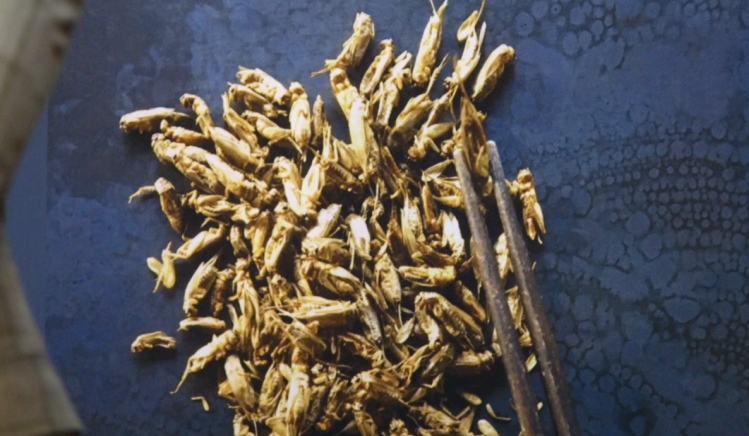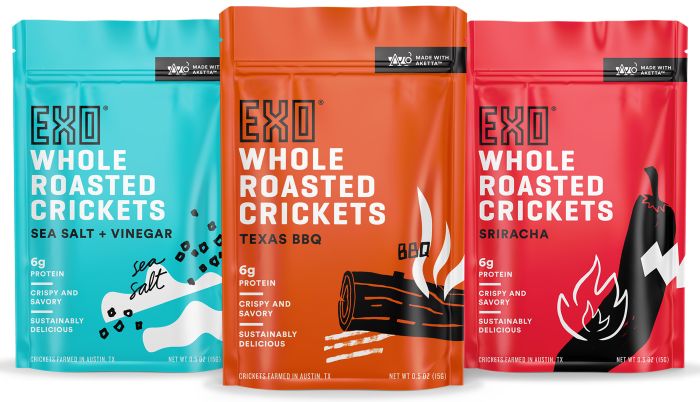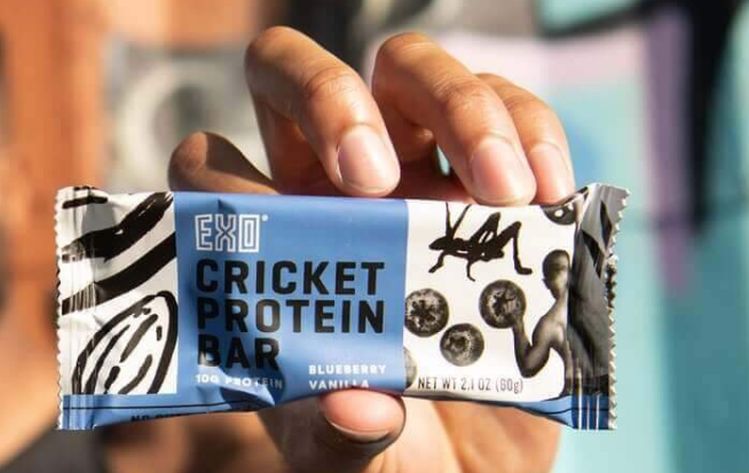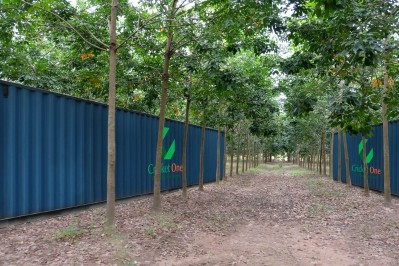WATCH: Edible insect cos that survived 'ruthless winnowing' process, have made 'significant progress,' says Aspire Food Group
A pioneer in the US edible insects business, Austin, TX-based Aspire was created in 2012 by five MBA students from McGill University on a mission to drive efficiency in insect farming. Six years later, it acquired the Exo consumer brand, which makes cricket bars, high protein powders, and whole roasted crickets.
Today much of Aspire's output goes into the Exo brand, but it also supplies wholesale quantities of cricket powder (finely milled whole crickets) to other human food and petfood companies under the Aketta brand [named after the Acheta domesticus variety of cricket], and insect frass, which serves as an organic soil supplement and plant protector.
Speaking to FoodNavigator-USA at the IFT annual meeting and expo in New Orleans, Aspire co-founder and COO Gabe Mott said: “Having [globally agreed standards] will be important for individual producers… but it’s much more important for the companies buying so that it doesn’t really matter which farm they go to, they can get a consistent, reliable product.
“A big issue with the industry is scale and once people can source from multiple vendors, they will be much more comfortable placing larger orders and making big commitments.”
A pretty ruthless winnowing process
Right now, he added: “The industry is in a transitory place… it really got kicked off for human consumption in the last four or five years in North America, and initially, there was a rush of people that were eager and enthusiastic, and everyone did the best they did… but there’s been a pretty ruthless winnowing process.
“If you look around there aren’t a lot of the original incumbents that are still with us, but those people that are still around, and there are a few of us, have made significant progress, and professionalized and brought modern technologies and operational approaches to farming and processing insects for food. And while the scale remains small, the competency in-house and the professionalism is quite high.”
Automation
But to what extent can the edible insect farming process be automated?
“I think it’s reasonable to assume that at sufficient scale, you can get pretty close to lights out [ie. full] automation for insect farming, which is distinct from most livestock farming as most of the animals live in close containers,” said Mott.
“It’s really just a material handling question, we have conveyors, we have warehousing, although there are a few points of interaction that need to be sorted out.”

Costs need to come down
As the company liked to stress in the early days, the fundamentals still look good, said Mott: Eating bugs is not crazy. In fact, it’s not even unusual, if you take a more global perspective, given that 2bn+ people eat insects in 80% of countries around the world, from grasshoppers and ants in Mexico to fried locusts in Thailand, caterpillars in Africa and waterbugs in China.
“I don’t think awareness is a problem anymore… I think primarily it’s a scale issue… Most of the companies that have gone into retail have seen significant success. The consumer uptake and the willingness is there… but the big companies are not going to come in until there is a low cost and reliable supply chain, and you don’t get that without scale.”
So are cricket powder prices approaching the level that would interest a large CPG company?
It obviously depends on whether you’re talking about putting bugs in a huge brand vs one of the smaller brands in these firms’ portfolios, said Mott, “Costs certainly need to come down… but it’s not a pure protein play. Insects are superfoods, there is a lot of value that comes along with them [beyond protein].”
Applications for edible insects
Snacks, bars and protein powders are the top application areas of interest for edible insect powders, which are high in protein (65% by dry weight), low in saturated fat and rich in omega-3s, iron, calcium and other nutrients.
However, cricket powder also works well in veggie burgers, sausages, fruit roll-ups, shakes and other products. Inclusion rates vary by product, and are in many cases limited by cost rather than functionality, although you can generally get more in a bar, than say, chips.
As cricket powder is more like a protein powder than flour, 1:1 replacements with wheat flour are not generally advised.
Aspire freezes its crickets when they are ready for harvesting [which is considered a humane process as the drop in temperature makes them dozy and puts them in a dormant state before they are put in a deeper freeze]. They can then be roasted and sold whole, or milled, or ground down into a slurry and spray dried for customers that want a finer, paler powder more suitable for beverages and other products.
Raised on a USDA certified organic diet, Exo Cricket Powder provides 6g of complete protein per serving, while also being an excellent source of vitamin B12, B2, zinc, copper, biotin, manganese, and iodine, and a good source of niacin, B5, selenium and phosphorus.
With no added flavoring, the powder has a "light malt flavor with hints of raw cocoa," and can be added as a protein boost to baked goods, smoothies, sauces, dips, spreads.




















